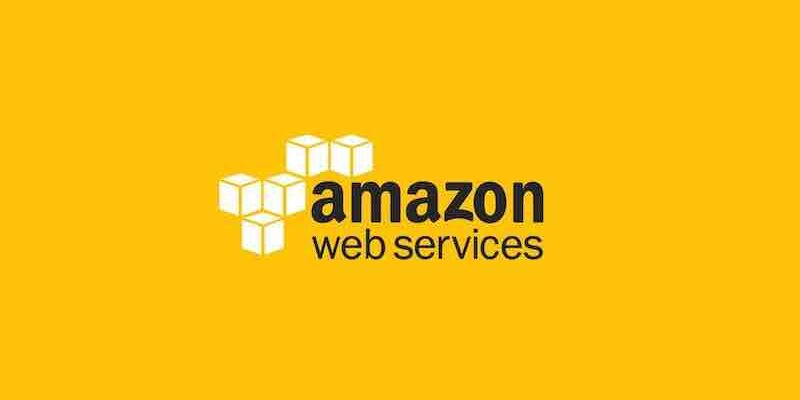Amazon Elastic Compute Cloud (Amazon EC2)

Amazon Elastic Compute Cloud (Amazon EC2) is a web service that provides scalable computing capacity in the cloud. It allows you to launch virtual machines (known as instances), which are pre-configured with a variety of operating systems, and configure the resources of each model, such as CPU, memory, and storage, as required.
With EC2, you can quickly scale your computing resources up or down as needed, allowing you to respond to changes in demand for your applications quickly. EC2 also offers a range of pricing options, including on-demand, reserved, and spot instances, so you can choose the option that best meets your needs and budget.
EC2 provides several features to help you manage and deploy your instances, including security groups, key pairs, and Elastic IP addresses. To build complete, end-to-end applications, you can use EC2 with other AWS services, such as Amazon S3, Amazon RDS, and Amazon EBS.
Whether you’re looking to host a web application, run big data analytics, or launch a large-scale computing project, EC2 provides the resources and features you need to get started quickly and easily in the cloud.
Integration
To integrate Amazon EC2, Amazon EBS, and Amazon RDS, you can follow these steps:
- Launch an EC2 instance: In the Amazon EC2 management console, launch a new EC2 instance and choose the desired operating system, instance type, and other configuration options.
- Create an EBS volume: In the Amazon EC2 management console, create and attach a new EBS volume to the EC2 instance. You can use the EBS volume to store persistent data, such as your application or database files.
- Launch an RDS instance: In the Amazon RDS management console, launch a new one and choose the desired database engine, instance type, and other configuration options.
- Configure security groups: Configure the security groups in the Amazon EC2 and Amazon RDS management consoles to allow communication between the EC2 and RDS instances. This typically involves adding rules to the security groups to allow incoming traffic from the EC2 model to the RDS instance on the appropriate port (such as TCP port 3306 for MySQL).
- Install and configure the database software: On the EC2 instance, install and configure the database software, such as MySQL, and connect it to the RDS instance. I use the RDS instance endpoint and credentials to connect to the database.
- Deploy your application: On the EC2 instance, deploy and configure it to use the RDS database. Your application should be able to access the RDS database and store and retrieve data using the connection information from Step 5.
The exact steps may vary depending on the operating system, database engine, and programming language you are using, so be sure to consult the relevant documentation for more information.